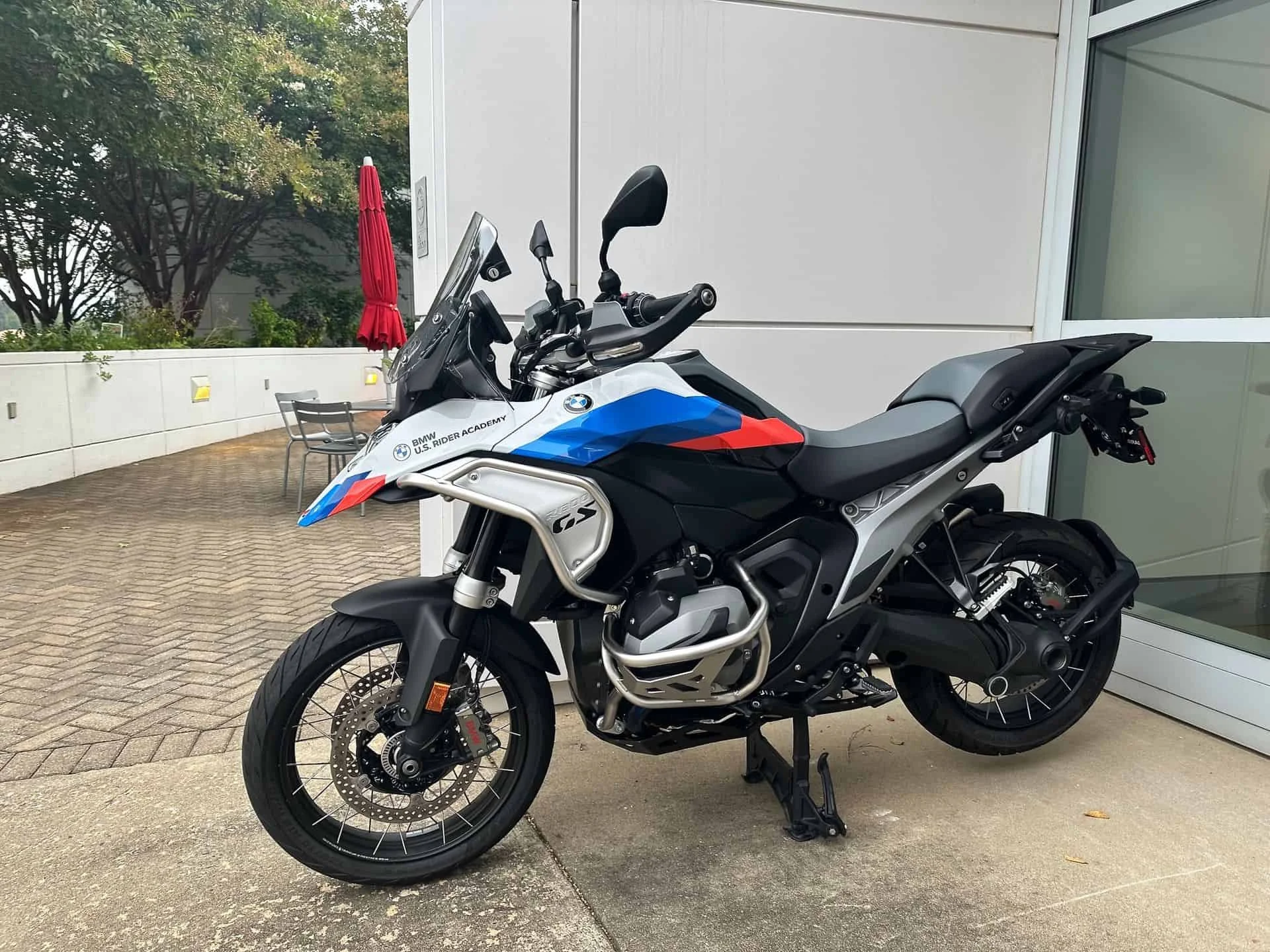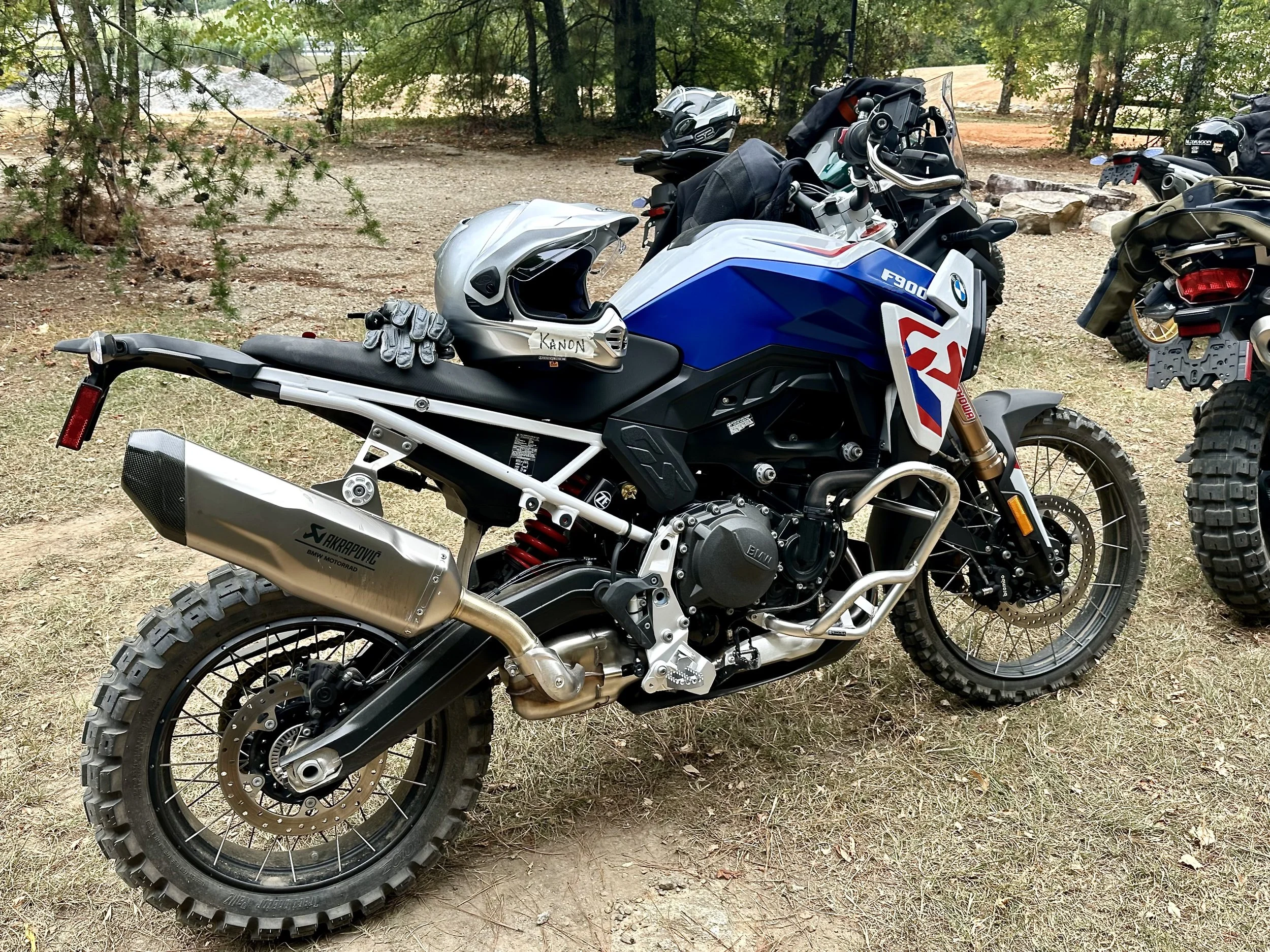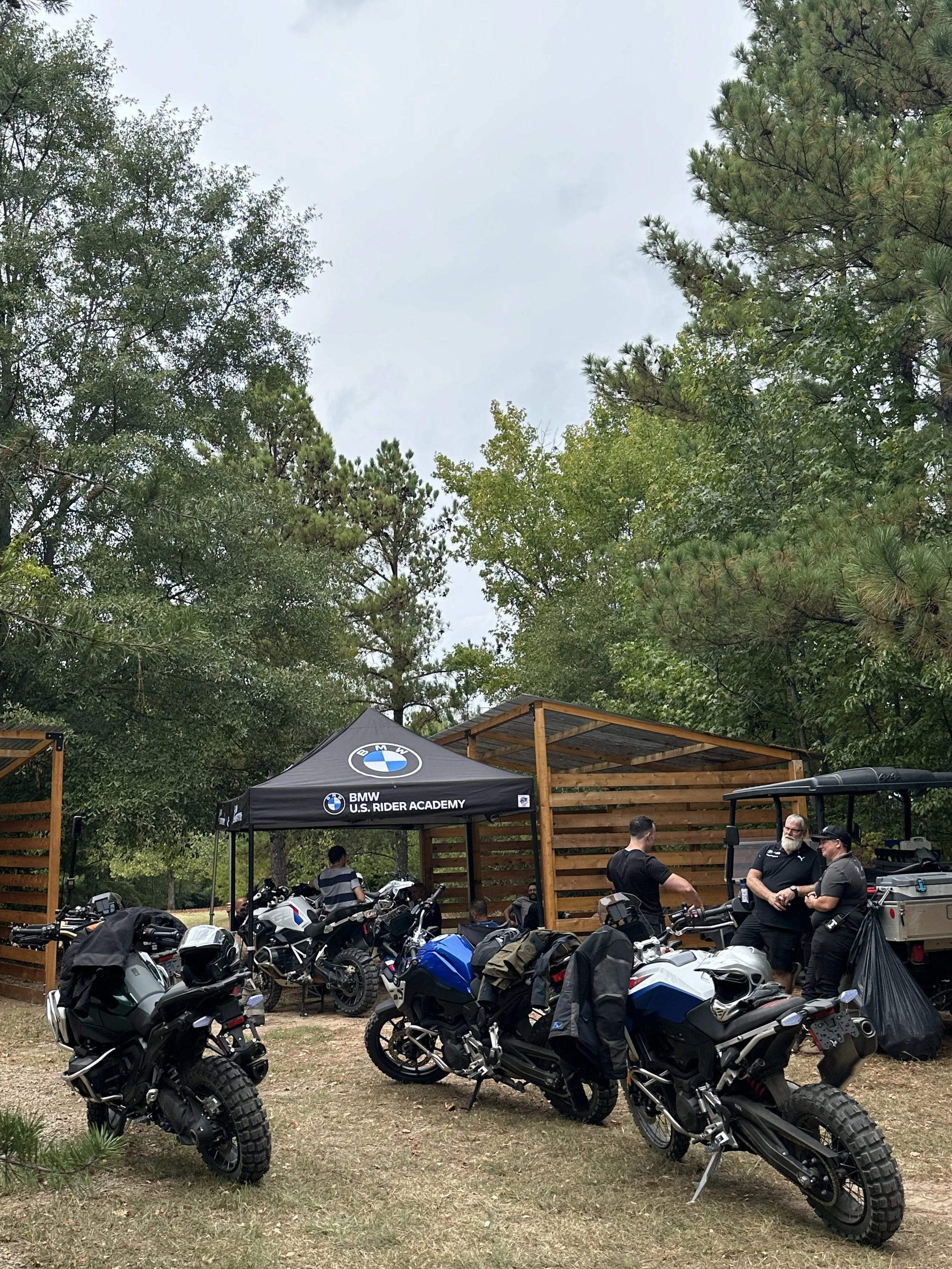(This piece also appeared on BMWBLOG on July 9th, 2025. You can check it out here.)
I’m in trouble with my wife.
With good things and sometimes even bad, it’s hard to say goodbye. Such is the case of a very good thing I recently sent off to a new home: My 2023 BMW M440i xDrive Convertible, a mouthful of a name for a really wonderful car.
Back in 2023, I reviewed the car in this very publication and was so impressed that I added it to my garage. Initially, like many performance junkies, I wondered if I would feel I had settled, for while the M440i was clearly a strong performer, it was also not a full-blown M-car. For the first year of ownership or so, I periodically found my gaze wandering to the M4 Competition Convertible and even came close to making that move on more than one occasion. But after a bit, that hot-bloodedness cooled down and life with the M440i settled into familiarity and comfort.
I’ll spare an exhaustive recap of the car’s particulars. But in short, it’s powered by BMW’s ubiquitous B58 3.0L inline-6 cylinder “M TwinPower Turbo” engine that makes 382 hp @ 5,800 RPM and 369 lb-ft @ 1,800 RPM. It scoots to 0-60 in 4.6 seconds, sending power to the xDrive all-wheel drive system through the always-impressive ZF 8-speed Steptronic Sport transmission. It’s a solid engine and drivetrain package that’s hard to fault, which is likely why it’s percolated through much of the BMW line-up over the years.
My wife especially came to love the car. It’s design and looks, especially its vibrant Tanzanite Blue II Metallic color and Tacora Red Vernasca leather interior, garnered nothing but positive comments from onlookers, contrary to the commentariat who couldn’t stop criticizing the G20-series car’s large kidney grill. And its general performance was effortless around town and on spirited country drives. My wife would put the top down at very possibility, with the windows up and the “neck scarf” blowing on high, drizzle or snowflakes arching over the windshield header during damp days. As she said on more than one occasion, “If you go at least 45 miles an hour, you won’t get wet.”
But when the opportunity arose for me to acquire an allocated sportscar from a different German manufacturer, the realization that our garage only had so much storage somewhat tempered my normal new-car excitement with the marital dread of disappointing my spouse by selling “her car.” Which I ultimately did. Because I am dumb.
While the M-Sport range of BMWs still causes heartburn in the online fanboys, in the actual driving world they’ve been nothing but a success. As vehicles from the Motorsports division have gotten to the point where their functional limits are well beyond the realm of road driving, not to mention their ever-increasing price tags, the M-Sport spec brings many of the unique elements of the M-range with more usable performance and distinctive personality. And with the homogenization of BMW’s engine and transmission range, what really is the kernel of differentiation anyway?
I’d argue that the apex of modern BMW M was the e92 M3, with its unique (and one-off) sonorous and high-revving V8 engine and twin-clutch transmission, critical elements that could only be had on that car alone. Software and tuning alone did not differentiate it from its fellows in the lineup. It’s one of the few cars I truly regret no longer owning, and a clean, low-miles version is one for which I’m constantly on the lookout. Would BMW green-light that car today? Doubtful, as platform sharing and tweaking seems to rule the roost.
That’s not to say I’m immune to the glorious excess of an X5M or the steroidal bulldog charms of the current M2CS, but really, those are banzai versions of more pedestrian cars, which fan their excessive plumage as a shout to be taken seriously in the pecking order rather than in service of simple driving enjoyment. (And I’ll avoid any mention of the XM here, because I’ve recently eaten.) But as a spirited daily driver, those cars can tend to be overkill.
Which brings me back around to the M440i xDrive Convertible. Its performance was sterling, it’s handling precise and balanced, its suspension tuning never jarring, it’s exhaust sound throaty but not obnoxious. And any serene drive could be enlivened to extra-legal levels with a shift to Sport mode and a pull on the paddle shifters. It was a Golden Retriever with a penchant for letting it lose at the dog park, and never anything but engaging fun.
A strong element for me was the car’s iDrive 8.0, the last version of the system prior to BMW’s move to their v8.5 all-screen interface. In short, 8.0 was the final version with a smattering of buttons and a “human-sized” central screen. I’ll spare a rant on the “screenification” of BMWs and modern automobiles in general, but suffice it to say I’m not a fan, and I view some of the design push-back from all-glass infotainment systems by certain manufacturers as a real positive. But alas, BMW has gone all-in, and my recent acquisition of an iX shows I’ll get on board when the interface and overall package is well done, which BMW’s certainly is. (In fairness, the iX’s system is well-resolved and responsive, if perhaps a tad awkward.) But v8.0’s mix of buttons and bright screen interface struck me as just right, and I’ll lament the loss of the more tactile interface as this car leaves us.
Over three+ years of ownership, the car provided nothing remotely like an issue. Aside from regular service, the only tiny nit was a noticeable knocking thump the top developed when being raised, a single staccato “clunk” on one side of the mechanism as the top passed through the apex of unfurling. My local BMW center checked it out, agreed that the noise had developed since new, but that it was still within spec, and suggested I keep a close eye (ear?) on it in case it got worse. Which it never did. Plus, the folding wind deflector is, frankly, a bit of a PITA to install and also stow, but that’s endemic of all wind deflectors on 2+2 convertibles. Since the only regular users of the back seat was our dog and bags of groceries, I just left the deflector installed most of the time. Aside from those minor issues, the car was flawless.
The general demise of convertibles, both in market uptake and model availability in general, is a source of disappointment, as I’ve long believed a day driving with the top down is at least equivalent to a week of driving with the top up. But I understand mine isn’t a view shared by all, to which BMW’s sales numbers would attest. The paradoxical platform homogenization yet flexibility provided by the new EV platforms, though, seems to beg just this sort of differentiation; why not a soft-top Vision Neue Klasse iteration, or even a whimsical convertible SUV form, to round out the model line-up? Impractical? Maybe. But any less impractical than an X6M? No. Here’s hoping.
My M440i certainly fit the bill for a useful all-arounder, and our girl Doberman, Stella, loved perching in the back seat with the top down, smelling all the smells and taking in the world around her (though not so much with the top up). The car had surprising cargo room, though the hard plastic cubby that protected the top mechanism when the top was retracted ate significantly into available storage space. But hey, with the top down, the rear seat was entirely accessible from above, so no worries.
Our M440i xDrive Convertible will most certainly be fondly remembered, and the fact there are two of these G20 4-series cars in our condominium parking garage keeps that feeling fresh (and gives my wife persistent opportunity to remind me of the same). It’s a great car and one that will be missed from BMW’s portfolio if a worthwhile successor doesn’t make the line-up. Picking up a low-miles version of one of these is not a bad decision.













